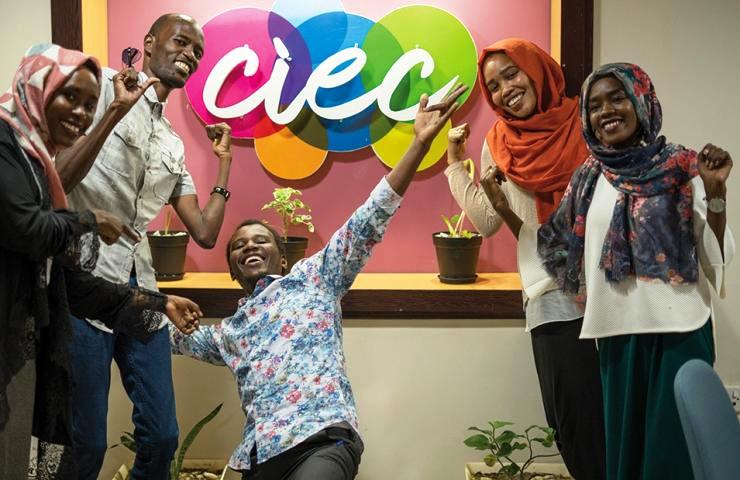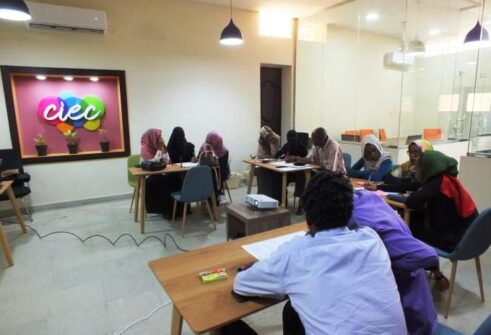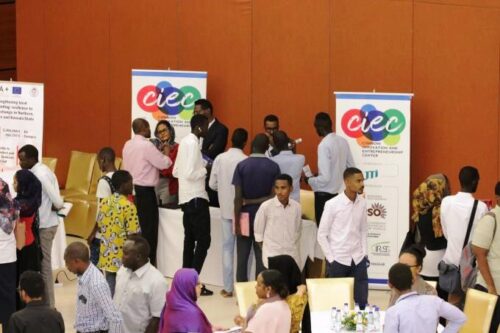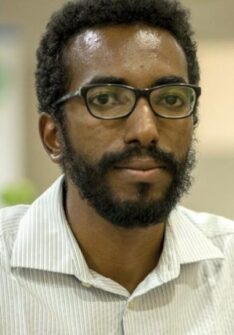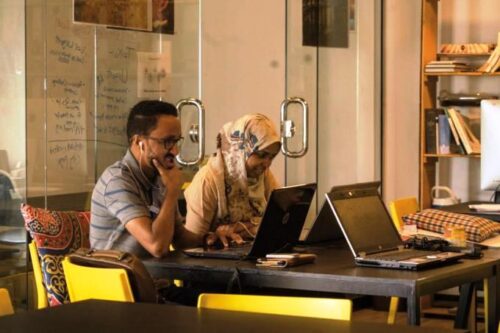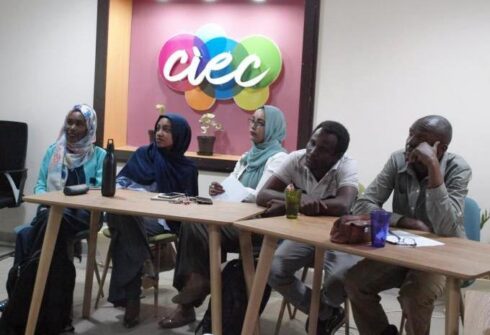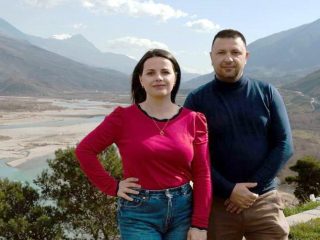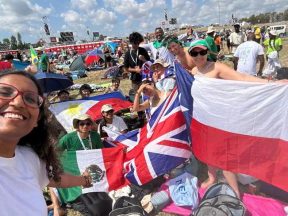2020 is an optimal year for Mars missions, given the close distance between Earth and Mars. This opportunity occurs every 26 months, enabling us to send probes to the Red Planet with less time
and less fuel.
Consequently, there were three Mars missions planned for mid-July through August: the U.S. Perseverance Mars rover mission, the UAE’s Al-Amal (Hope Mars orbiter probe), and China’s Tianwen1 (Heavenly Questions) orbiter, lander, and rover Mars mission.
China’s first Mars orbiter mission, Yinghou-1, launched on the Russian rocket Phobos-Grunt Spacecraft in 2011, failed to leave Low Earth Orbit (LEO) and fell back onto the Pacific Ocean. Thereafter, China officially launched its independent Mars mission in 2016, named Tianwen-1 after one of China’s ancient poems. China National Space Administration (CNSA) Director Zhang Kejian indicated that Chinese space scientists have overcome difficult technical problems, steadfastly solving them by independent innovation and self-reliance for its upcoming Mars mission.
In November 2019, China successfully carried out a simulated test of its Mars mission at its trial site for testing extraterrestrial missions in Huailai County, north China’s Hebei province. That trial run replicated the Martian gravity and tested hovering and landing on the planet’s surface. The chief designer of China’s Mars exploration mission, Zhang Rongqiao, highlighted the difficulty of a Martian landing: “The natural environment of Mars is very different from that of Earth in many aspects, among which the Martian gravitational acceleration is only about one-third of that of Earth. In order to simulate the landing procedure under the gravitational acceleration of Mars, we have constructed this whole facility [at Hebei].”
Why is China investing in a Mars mission, and how does it relate to its long-term space strategy and goals?
First, for China, getting to Mars is one of the global space benchmarks to be checked off for any space power. A successful Mars mission immediately uplifts a country and society to the elite space faring club, which several countries have dreamed of, but few have achieved. While Chinese space policymakers are clear that their long-term space ambition is to continuously develop capacity for a cislunar presence (in space between Earth and the moon), they keenly realize that for global prestige and reputation purposes, a Mars landing is a coveted
prize to capture.
For the space enthusiast community, a Mars mission signals serious commitment to discovery and development of the human capacity to reach, understand, and perhaps one day settle on distant planets.
Chinese space scientists have expressed settlement goals and perceive a successful Mars mission as enhancing that indigenous space capacity. In 2019, China opened its first 53,330 square meters Mars simulation base (at a cost of $22.3 million) in Mangai city, located in the arid desert region of Qaidam Basin in the Qinghai-Tibet plateau, aimed at introducing people to life in a Mars-like environment.
This region’s barren, rocky landscape closely resembles the topographical conditions found on Mars.
Second, Mars is the most Earthlike planet in the solar system. To be able to land on and develop a Martian strategy of space development augments China’s space infrastructure. This infrastructure encompasses the development of cislunar capacity, comprising development of satellite presence in the Lagrange points, and robotic presence on the lunar surface. China has located its Queqiao relay satellite on L2 to help communicate between the lunar Chang’e 4 and mission control on Earth. Similar powerful relay communications technology will have to be advanced for China’s Mars mission.
By the end of this year, China is launching the Chang’e 5 lunar sample return mission. Critically, the Chinese Mars strategy is not compartmentalized, but forms an integral part of its larger space logistical infrastructure. In April 2020, the China National Development and Reform Commission added space infrastructure to its list of “new infrastructure” directing government prioritization and investment. China is building a truly independent space infrastructure that includes its independent BeiDou Satellite Constellation, its lunar presence capacity, an independent space station, and now its Mars mission.
Once all is completed and demonstrated, China will work to offer an alternate credible space infrastructure to the world, thereby competing for global leadership in space. China will then not have to suffer NASA Administrator Jim Bridenstine claiming, as he did in a May 2020 speech to the Center for Strategic and International Studies (CSIS), the superiority of U.S. Mars landings vis-à-vis China’s tiny robotic landing on the lunar far side. A Mars mission will enhance the Chinese Communist Party’s (CCP) legitimacy, both internally and externally, and add credibility to its Space Information Corridor, offered to members of the Belt and Road Initiative (BRI).
Third, a Martian landing will enhance China’s automated deep space capacities. Because Mars has an atmosphere, the Mars lander will require a heat shield as well as a parachute and thrusters to slow down while descending into the surface navigating Mars’ thin air, all functions automated. Moreover, communications between Earth and Mars takes about 40 minutes, which implies that the rover will have to perform advanced automation, meaning it will have to be fitted with a capability to take autonomous decisions.
The deputy chief designer of the Chang’e 3 probes, Jia Yang, specified that “the Mars rover should be able to sense the environment, plan its route, conduct scientific exploration and detect faults autonomously. It should be a mobile intelligence.” The head of China’s Mars mission, Cui Xiaofeng, specified that the challenges of seven months of travel to Mars (July 2020-February 2021) plus the seven minutes of landing time will prove to be a test of China’s space capacity.
Once the Mars landing is accomplished successfully and the lander releases the 240 kg solar-powered Martian rover with its communication system intact and functioning for its planned period (90 Martian days), China will become the only country, besides the United States, to have accomplished that feat. Several former Soviet Union Mars missions, while succeeding in reaching Martian orbit, suffered from their landers either crashing during descent or losing communication seconds into landing.
Fourth, China believes a Mars mission that realizes all three feats (success in the orbiter, lander and rover stages), in its very first independent attempt will dazzle humankind and establish the maturing of its space science community. In an interview in 2016, Ye Peijian, the father of China’s lunar probes, stated that “although we are not the first Asian nation to send a probe to Mars [India was the first Asian nation to send an orbiter to Mars in 2014], we want to start at a higher level.” According to the CNSA, “to complete orbiting, landing, and roving in one mission” will be an unprecedented achievement.
China cares deeply about how others perceive its achievements in space. That much was obvious when China.org.cn published a video message from the Russian crew members of the International Space Station, Anatoly Ivanishin and Ivan Wagner, sent to China in celebration of China’s space day on April 24. The message from the two Russian astronauts specified: “The achievements of China over the 50 years of the establishment of the national space program deserve to be recognized and respected [emphasis added]. Although humankind is now facing a severe crisis related to the epidemiological threat, such important anniversaries should not be overshadowed.”
Fifth, China aims to become a serious contender for generating deep space knowledge. China’s Mars rover will carry a total of six scientific instruments, to include a Ground Penetrating Radar (GPR) that will be the “first of its kind,” along with NASA’s Perseverance rover, to map the subsurface of Mars, including a search for signs of permafrost. Similar lunar subsurface investigations are being conducted by Chang’e 4, which has now entered its 19th lunar day.
China’s Mars mission is part of its larger space infrastructure development geared toward achieving space dominance by 2049. It both augments China’s technical space capacity and enhances the prestige, reputation, and credibility of its space program.
Of note is the fact that China’s investments in its lunar and deep space capacity are ongoing simultaneously.
Once we have a successful Chinese Mars mission, we expect China to then concentrate on developing technologies like Radioisotope Thermoelectric Generator (RTG) and invest in building nuclear-propelled spacecraft, given it has ambitions for deep space probes.
Bao Weimin, head of the Science and Technology Committee at the China Aerospace Science and Technology Corporation (CASC) and a member of the Chinese People’s Political Consultative Conference (CPPCC), specified that once the two critical space missions scheduled for 2020 are successful (the Tianwen 1 Mars mission and the Chang’e 5 lunar sample return mission), China will then move on to a Mars sample return mission (2028) and a lunar south pole landing (2030).
China’s intention for its Mars mission was articulated in 2012, right after the failure of its first Mars orbiter mission. In 2016, the CNSA set a deadline of 2020 for its independent Mars mission. Subsequently, we have another Chinese space mission that is about to meet its stated deadline, a feat that offers some level of patterned predictability for future space missions: China’s 2021 launch of its permanent space station, its private sector reusable rocket (2021), its space-based solar powered satellite (2025), and its second independent Mars mission (2028). By 2040, China hopes to crack one of the game-changing technologies for space: nuclear-powered spacecraft.
If successful, nuclear-powered spacecraft will offer enhanced “deep space access” technology to China, something that the nation has been working on for decades now. Given its pattern of success in space, we need to keep close watch of China’s fast evolving space competence as it launches for Mars.
Namrata Goswami
Senior Analyst and Author specializing in space policy,
geopolitics and Great Powers

















